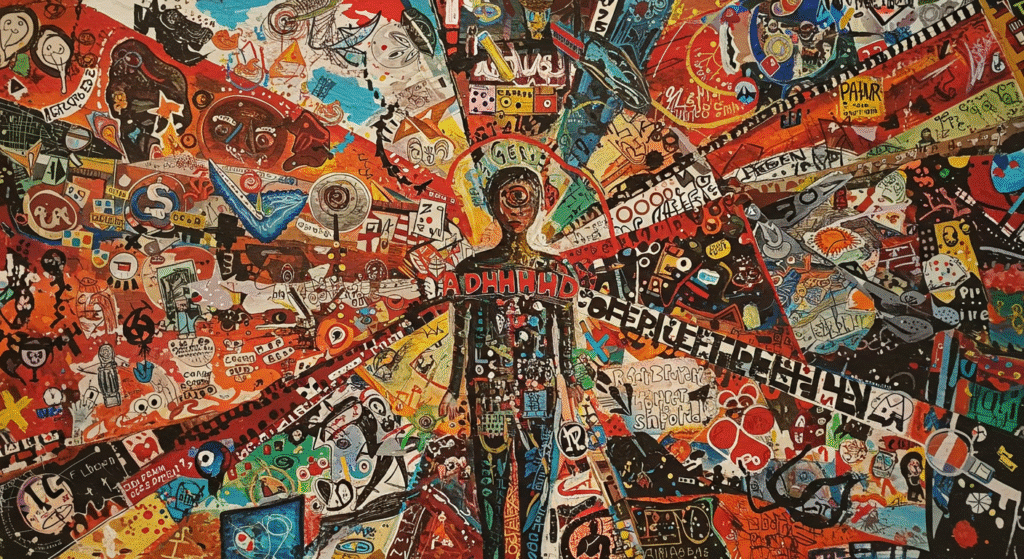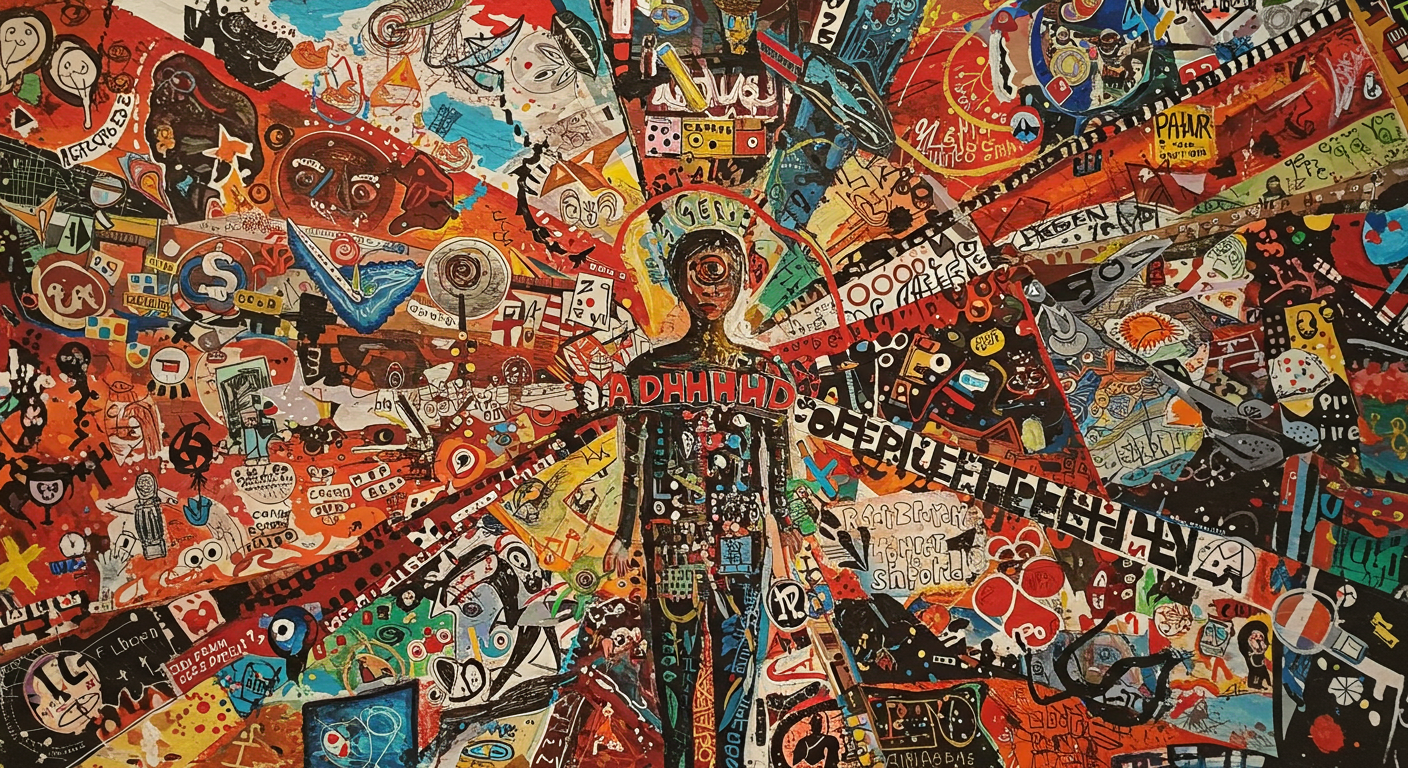What Does ‘Neurospicy’ Mean?
“Neurospicy” is a playful, empowering term used to describe people with neurodivergent brains—especially those with conditions like ADHD, autism, dyslexia, or dyspraxia. It’s a tongue-in-cheek way of saying, “My brain works differently—and that’s not a bad thing.”
While not a clinical term, neurospicy is widely embraced by neurodivergent communities online as a positive, inclusive, and often humorous label. It challenges stigma and reframes neurodiversity as something vibrant, unique, and worth celebrating.
The Rise of the Neurospicy Movement
The term has gained traction on social media, where ADHDers and autistic creators have adopted it as a badge of honour. Rather than being pathologised or shamed for their differences, neurospicy individuals are owning their identity with humour and pride.
It’s part of a wider cultural shift toward neurodiversity acceptance—the idea that brains don’t need to be fixed or made to conform. They just need to be understood, supported, and valued for what they offer.
Common Traits of Neurospicy Individuals
🧠 Thinking Differently:
- Creative, non-linear thinking
- Outside-the-box problem solving
💬 Communicating Uniquely:
- Info-dumping about special interests
- Difficulty with small talk or social norms
🌀 Sensory Sensitivities:
- Overstimulation from noise, light, textures
- Need for regulation (e.g. stimming, downtime)
⏳ Time and Task Differences:
- Time blindness, hyperfocus, executive dysfunction
- Difficulty starting or switching tasks
Remember: these are not flaws. They’re features of a different cognitive operating system.
Neurospicy vs Neurotypical: Understanding the Gap
| Neurospicy Trait | Neurotypical Expectation |
|---|---|
| Info-dumping | Small talk and balanced dialogue |
| Task initiation struggle | Seamless productivity |
| Stimming or pacing | Sitting still |
| Literal or blunt speech | Social subtlety and nuance |
Neurospicy people are often misunderstood because the world is built for neurotypical norms. But that doesn’t mean they’re wrong—it means the system needs updating.
Why Embracing ‘Neurospicy’ Matters
1. It Reclaims Identity
- Many neurodivergent individuals have spent their lives feeling “too much” or “not enough.”
- Neurospicy reframes difference as something to be proud of.
2. It Builds Community
- Shared language helps people find belonging and solidarity.
- Hashtags like #neurospicy and #actuallyautistic foster peer support and validation.
3. It Disarms Stigma with Humour
- Humour is a coping mechanism and connection tool.
- “Neurospicy” says: I may be a little intense, but I’m not broken.
Supporting Neurospicy Individuals
Whether you’re neurospicy yourself or supporting someone who is, here’s how to build an inclusive world:
- Offer flexibility in work, school, or communication
- Avoid pathologising or dismissing different ways of thinking
- Respect sensory needs and processing styles
- Encourage special interests and passions
Final Thoughts: Be Proud to Be Neurospicy
“Neurospicy” is more than a meme—it’s a movement. It gives people permission to exist authentically in a world that often misunderstands them. Whether you’re ADHD, autistic, dyslexic, or delightfully different in your own way—being neurospicy is not a flaw. It’s a flavour.
So sprinkle that spice with confidence.
For more ADHD and neurodivergent content, subscribe to our newsletter and visit adhdtribe.co.uk.
Meta Title:
What Does Neurospicy Mean? Embracing Neurodivergent Identity with Confidence
Meta Description:
Discover the meaning of “neurospicy,” why it matters for ADHD and autism, and how this empowering label is reshaping the way we talk about neurodiversity.
Tags:
neurospicy, neurodivergent identity, ADHD humour, autism awareness, neurodiversity movement, ADHD pride, neurodivergent strengths, ADHD self-acceptance, ADHD tribe, neurospicy meaning








